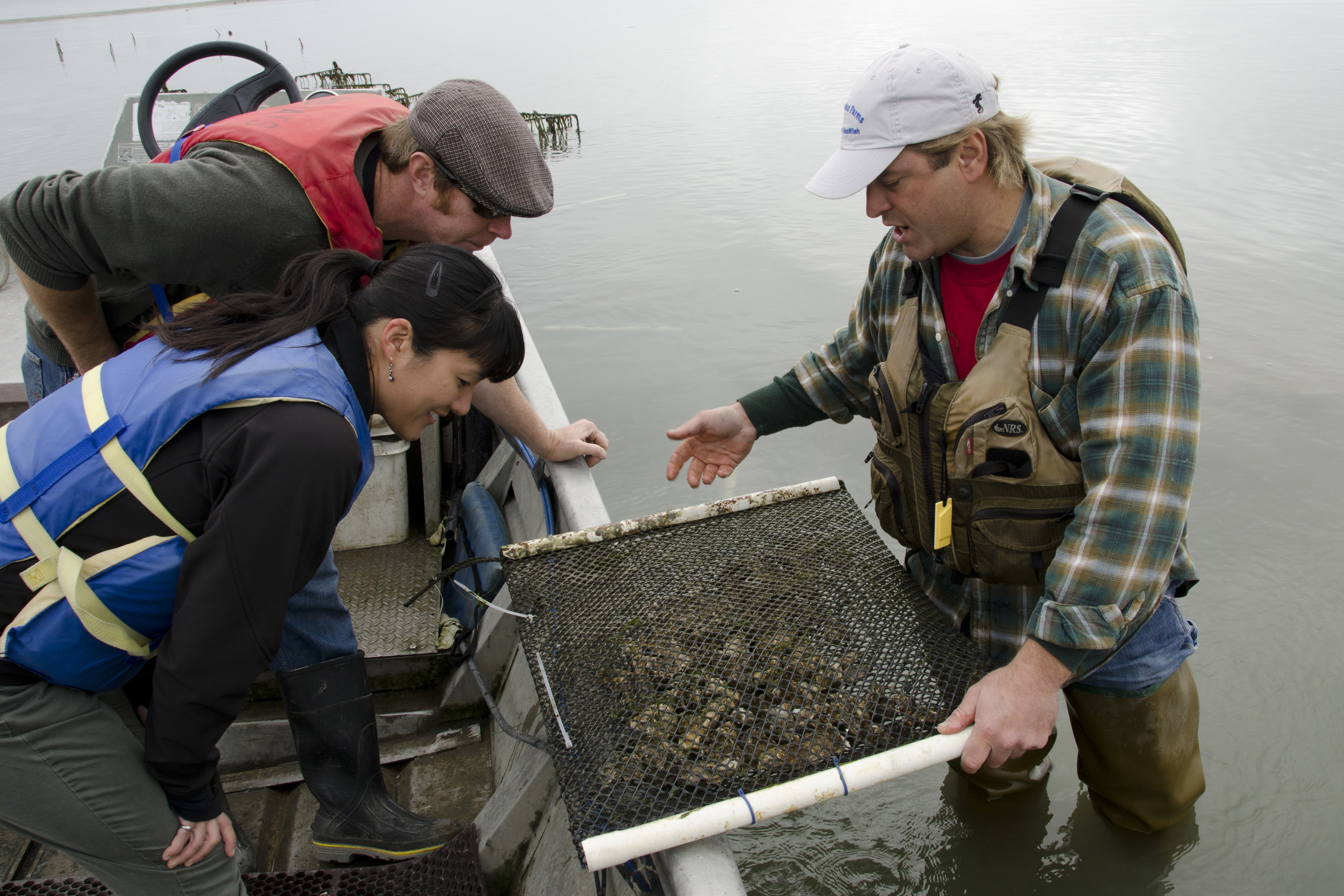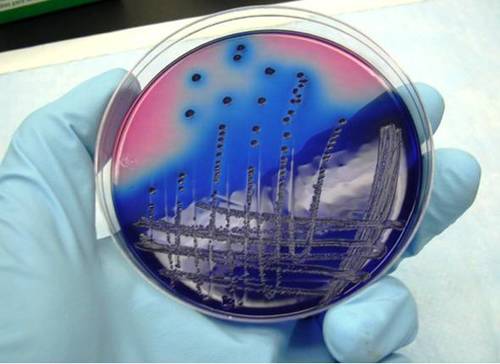The oyster experienced a renaissance in 2014. So what's in store for 2015?

As we look back on 2014, the oyster had a great year. Oysters received so much press and attention that it even got a shout out on the home page of the New York Times, accompanied with a video appropriately titled "Oysters Make a Comeback." Entering 2015, there is no doubt that this oyster craze will continue. Numerous oyster bars are slated for 2015 openings and more consumers are having oysters for the first time. They say the best way to predict the future is to look at the past, so join us as we recap the significant oyster trends in 2014 and what it means for 2015.
1. The Emergence of Oyster Farms and Branding
There are many reasons the oyster market is booming, but one of the primary reasons is the growth of oyster farms and brands along the East Coast. According to Bob from East Coast Shellfish Growers Association, production has doubled over the last five years, and he now estimates there are over 400 niche oyster brands on the East Coast alone. "It's like wine," Bob says. "There are a ton of brands and choices, and each one is unique."

Like terroir, oysters have their merroir, and this is a huge draw for chefs. The farm-to-table movement has created an excitement around understanding where and how ingredients are sourced, and this is no exception for oysters. Private labeling and exclusive distribution of brands have allowed chefs, restaurants, and distributors to tell the oyster story that is unique to them. And consumers love it, so much so that it has sparked a market for oyster farm tourism and even an app to geolocate specific oysters.
2015 IMPLICATIONS
Expect to see more farms and brands appear on the market, but also a shift towards vertical integration through exclusive distribution or private labeling as players strive to differentiate themselves and capture greater market share from loyal consumers. There are oyster farms that are already vertically integrated where the farm directly supplies its own branded restaurants (e.g. Island Creek Oysters and Matunuck Oysters) and farms who grow the same oyster with multiple names for distributors or restaurants to claim exclusive distribution rights. More farms are now marketing directly to consumers to build brand loyalty and generate demand whether by shipping product direct-to-consumer or offering consumer experiences such as tours.
2. Rise In Industry Profits Draws Shady Business
As with any industry, the potential for sales and profits will draw those looking for easy money to make bad decisions. In 2014, there were some high profile cases of oyster fraud, theft, and poaching that drew a decent amount of attention from the press and the respective local communities.

2015 IMPLICATIONS
Seafood fraud has been a common industry problem that extends beyond oysters. However, as more consumers and restaurants become more engaged with their food and sourcing, traceability will become a higher priority. The Interstate Shellfish Sanitation Conference is working on a more robust traceability plan to be released in the near future. The Vibrio regulations passed this year required growers and distributors to log harvest and transactional details, which provided more traceability, but may have been administratively cumbersome.
TIP As always, work with a reliable vendor and read the tag for yourself. If your Blue Points are being harvested out of Virginia, you are probably not buying Blue Points. This is basic stuff, but be your own detective.
3. Oyster Supply Highly Dependent On Weather

In 2014, all of us felt the winter and spring oyster shortage in some way. The brutal winter did a number on many areas and coupled with other industry factors like the Gulf oyster shortage, it threw the oyster industry into a frenzy.
2015 IMPLICATIONS
Unfortunately, most of the factors that plagued the 2014 shortage have not changed. Gulf oysters are not recovering, so expect the Gulf to supplement from the Chesapeake. New England growers continue to grow more oysters each season, but demand continues to outpace supply, therefore farms may sell out again.
The wild card determining supply will be the weather. Weather conditions ranging from wind to ice can prevent oystermen from harvesting farmed and wild product. When farmed oysters are sold out, wild fisheries sustain the market until farmed oysters are back in business. If weather is bad, expect supply to be as tight as 2014.
TIP Teach and educate your customers to be flexible. Yes, I know it's hard, and they want it on their menu all month long, but weather is unpredictable. Help them understand (or refer them to our blog) about what's going on and offer multiple/back up options. Set expectations with your customers now before supply issues come up.
4. More Stringent Vibrio Regulations

It's obvious that Vibrio risk increases when oyster consumption increases -- more people have the potential to be exposed to the bacteria. This past summer, we saw the new Vibrio control plans in place, which regulated the window of time oystermen could harvest before icing. The short time windows limited the oystermen's catch, and therefore affected available supply. Reported Vibrio illnesses in the Northeast were "low compared to recent years," but could be due to it being cooler than usual in the early summer. Shellfish closures included Martha's Vineyard, MA and Huntington, NY. No confirmed cases were tied to Connecticut, which had a huge recall of Blue Points in 2013.
2015 IMPLICATIONS
The regulators' goal is to decrease number of reported illnesses, and the 2014 results would indicate that something is working, so expect strict Vibrio regulations to continue. With that said, Blue Point supply and other affected oysters may be limited again during the summer, but hopefully, oystermen are better prepared this coming year, so supply should be at least the same or better than 2014.
“Overall, the number of reported Vibrio illnesses across the Northeast at this time is low compared to recent years. Scientists suspect one reason may be that water temperatures were significantly lower than normal early in the summer, which was unusually temperate.”
— Connecticut Department of Agriculture

So that about wraps up 2014. It's been a heck of a year, and we can't wait for 2015 and all the challenges that await. Cheers to our customers, vendors, and fans for making 2014 great, but 2015 is going to be even better, so stick around! As always, let us know how we can help, and of course #eatmoreoysters.
Special thanks to Bob Rheault of East Coast Shellfish Growers Association for contributing.